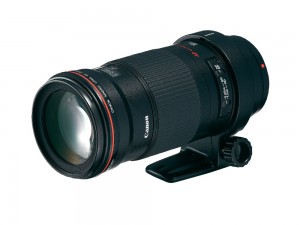There are a large variety of lenses available for cameras on which the lens is interchangeable. Every type of lens applies for different photographic applications. These types of lenses can be: wide angle, ultra-wide angle, rectilinear, normal focal length, macro, telephoto, super-telephoto and zoom lenses with variable focal length.
Wide-Angle Lenses are designed to capture a large field of view and are useful when the photographer must capture a large area in a small place, or when is desired the capture of outdoor scenes which otherwise will not fit in the field of a normal focal length.
Anything under the 40mm focal length (for a 35mm camera) is called wide-angle.
Canon ef 24 mm f.14:
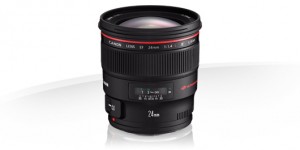
Ultra-Wide Angle Lenses (Fisheye) have the focal length under the 17mm (for a 35mm camera). Images resulting from these lenses are distorted in such a way that straight lines will appear curved. However, many photographers are using deliberately ultra-wide-angle lenses for creating special distortion effects in their images. These are the lens types that can acquire the most angle in a scene.
Canon ef 14mm f2.8:
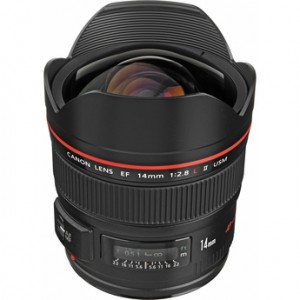
Rectilinear Lenses (Tilt Shift) are wide-angle, the difference in contrast with normal wide-angle lenses, is that rectilinear lenses do not produce distorted images. An incorporated rectilinear lens will make the rectilinear correction necessary to display unaltered shapes of objects. These lenses are useful when correct representations of objects and spaces is needed, yet with a wide angle.
Canon tse 24mm f3.5:
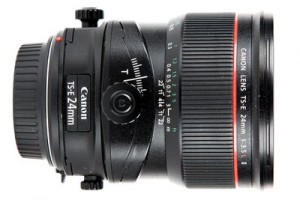
Normal Focal-Length Lenses have the range of focal length between 40mm to 58mm (for a 35mm camera), the most known is the 50mm standard lens. These normal lenses are what they claim to be; the angle of view and the image size is the same with what the human eye sees. It is preferred for portrait photography because of its great sharpness. Also, due to their large apertures (sometimes even F1), therefore, a small depth of field, can offer superb subject isolation from the background. Images are not distorted by these types of lenses.
Canon fd 50mm f1.4:
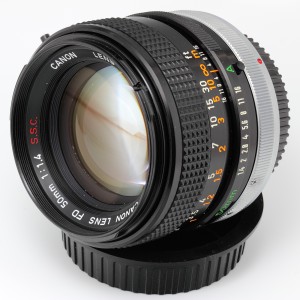
Macro Lenses are used for close-up photography. These lenses come with very good optic quality and are available with various focal lengths. 85mm, 100 mm and 125mm (for a 35mm camera) are most common. They produce great magnified images of small objects or beings. Many photographers are using macro lenses for flower photography.
This kind of lenses offers good quality and sharp results.
Canon ef 180mm f3.5:
Canon ef 300mm f4:
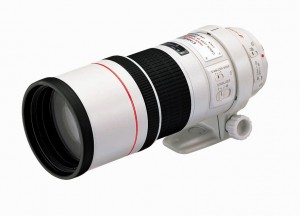
Super-Telephoto Lenses have longer focal lengths than telephoto lenses. Such lenses can go up to 1200mm focal lengths (for 35mm cameras), making possible wildlife photography because can be maintained a long distance from the subject. It is also used for faraway actions or sports.
Canon ef 600mm f4:
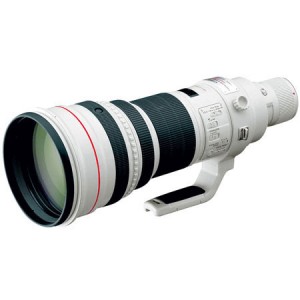
Zoom Lenses (variable focal-length) are designed so you can change the focal length by moving the lens elements mechanically, usually with a mechanical ring. The main advantage of zoom lenses is having multiple focal lengths in a single lens, by moving the ring from one way to another, various focal lengths are created. The major disadvantage, except bulk size, is lower picture quality compared with fixed lens.
Nikkor 55-200mm f3.5-5.6:
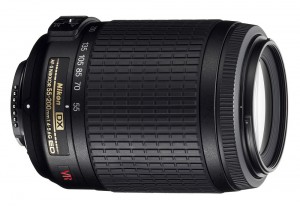
There are four sub-categories of zoom lenses as follows (aprox.):
Wide-range – 28-80mm Mid-range – 35-70mm Long-range – 35-105mm Telephoto-range – 50-200mm; 75-300mm; 100-400mm; 200-600.

